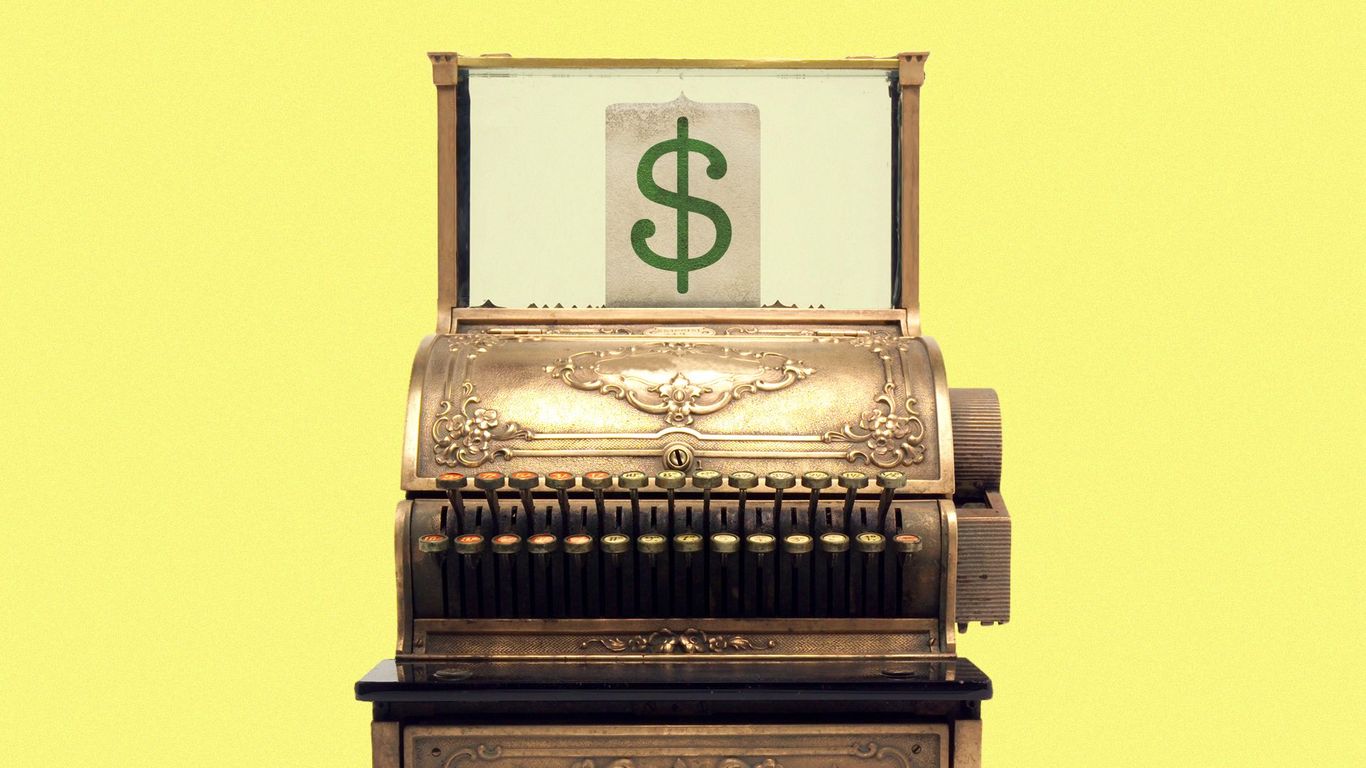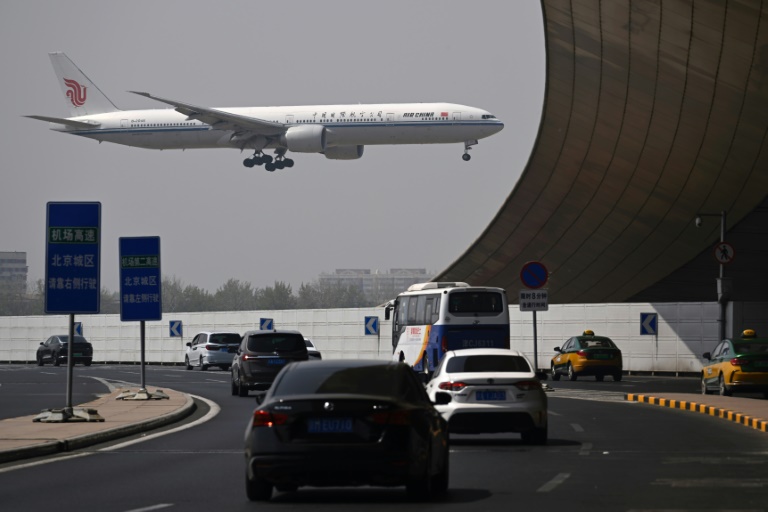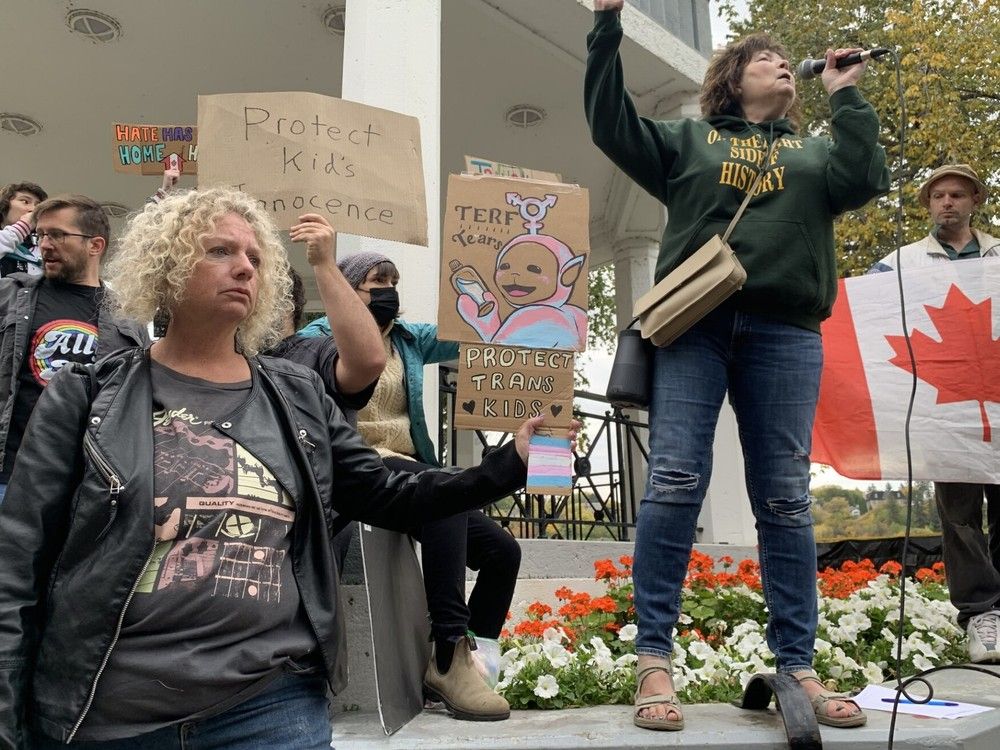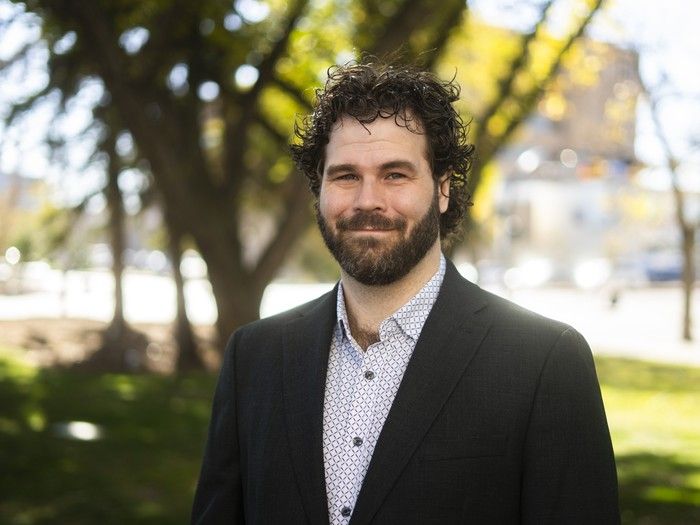President Trump's global tariffs mean clothes at U.S. retailers stand to get a lot more expensive.
The big picture: With the U.S. importing nearly all of its clothing and shoes — more than half from China, Vietnam and Bangladesh alone — soaring apparel prices could send shoppers thrifting.

While resale does well all the time, "it does even better during an economic turn down," said Adele Meyer, executive director of the National Association of Resale Professionals.By the numbers: The popularity of secondhand shopping was already on the rise before the tariffs. A 2024 Recommerce Report from Offerup found that 35% of shoppers embarked on their first resale journey in the past year; an 8% year-over-year increase.
A majority of shoppers said they turned to resale due to increased cost of living (58%) or cost savings compared to buying new (53%).55% growth is projected for the re-commerce market by 2029, reaching $291.6 billion, with resale expected to account for 8% of total retail, even without the tariff impact.
Zoom in: "During any past recessions, this industry has absolutely flourished," Meyer told Axios, adding that when people look to save money it can attract those who have never shopped resale before.During the Great Depression, which also saw an increase in tariffs, consumers turned to thrift stores but there weren't enough goods until the 1970s when the stores saw significant growth, Jennifer Le Zotte, a professor at the University of North Carolina Wilmington, said.During the Great Recession, a 2009 National Association of Resale & Thrift Shops survey found that nearly two-thirds of U.
S. resale store respondents reported a 31% average increase in sales.That increase was likely also driven by the upswell in online marketplaces for secondhand goods, like eBay, Le Zotte said.
Zoom out: OfferUp, a peer-to-peer marketplace mostly for local goods, expects to see an uptick in secondhand buying in categories where tariffs may significantly impact retail supply, Ken Murphy, the company's chief innovation officer, told Axios."We've seen that when supply chain disruptions occur and popular items become more scarce, people often turn toward secondhand options to get what they need at prices they can afford," Murphy said. "Consumers want to stretch their budgets without sacrificing quality.
"Go deeper: Clothing prices could surge if these tariffs stick.
Tariffs could lead to thrift store boom as other retailers falter

President Trump's global tariffs mean clothes at U.S. retailers stand to get a lot more expensive.The big picture: With the U.S. importing nearly all of its clothing and shoes — more than half from China, Vietnam and Bangladesh alone — soaring apparel prices could send shoppers thrifting. While resale does well all the time, "it does even better during an economic turn down," said Adele Meyer, executive director of the National Association of Resale Professionals.By the numbers: The popularity of secondhand shopping was already on the rise before the tariffs. A 2024 Recommerce Report from Offerup found that 35% of shoppers embarked on their first resale journey in the past year; an 8% year-over-year increase.A majority of shoppers said they turned to resale due to increased cost of living (58%) or cost savings compared to buying new (53%).55% growth is projected for the re-commerce market by 2029, reaching $291.6 billion, with resale expected to account for 8% of total retail, even without the tariff impact.Zoom in: "During any past recessions, this industry has absolutely flourished," Meyer told Axios, adding that when people look to save money it can attract those who have never shopped resale before.During the Great Depression, which also saw an increase in tariffs, consumers turned to thrift stores but there weren't enough goods until the 1970s when the stores saw significant growth, Jennifer Le Zotte, a professor at the University of North Carolina Wilmington, said.During the Great Recession, a 2009 National Association of Resale & Thrift Shops survey found that nearly two-thirds of U.S. resale store respondents reported a 31% average increase in sales.That increase was likely also driven by the upswell in online marketplaces for secondhand goods, like eBay, Le Zotte said.Zoom out: OfferUp, a peer-to-peer marketplace mostly for local goods, expects to see an uptick in secondhand buying in categories where tariffs may significantly impact retail supply, Ken Murphy, the company's chief innovation officer, told Axios."We've seen that when supply chain disruptions occur and popular items become more scarce, people often turn toward secondhand options to get what they need at prices they can afford," Murphy said. "Consumers want to stretch their budgets without sacrificing quality."Go deeper: Clothing prices could surge if these tariffs stick















